Search
Did you mean: Ice Age?
Search Results
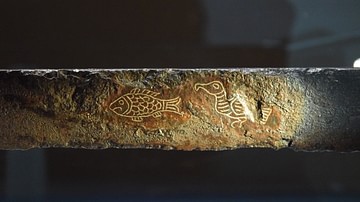
Image
Japanese Inlaid Iron Sword (Detail)
A detail of an inlaid iron sword. From Eta Funayama Tumulus, Nagomi-machi, Tamana-gun, Kumamoto, Japan. Kofun Period, 5th-6th century CE. National Treasure.
Tokyo National Museum.
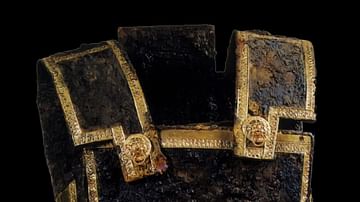
Image
Iron Core of Linothorax with Golden Buckles
Iron core of linothorax with golden buckles found in Macedonian Tomb II of Vergina, Imathia, Central Macedonia, Greece. The tomb is dated to between the end of the 4th century BCE and the beginning of the 3rd century BCE. Located at Archaeological...
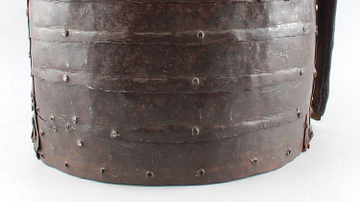
Image
Iron Corslet from Borno
An iron corslet from Borno in what is now Fika, Nigeria. The corslet was acquired by the British Museum in 1911, and is currently a part of the museum's collection.

Image
Merovingian Iron Belt Buckle and Fitting
During the 600s CE, supplies of oriental garnets failed and gold and silver grew scarcer. As a result, Frankish jewelers turned to a decorative technique of inlaying designs and silver wire. These often imitated patterns used earlier in garnet...
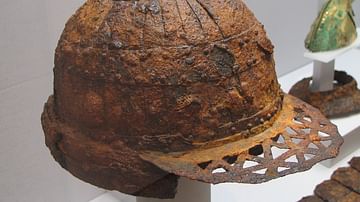
Image
Gaya Iron Helmet
An iron helmet from the Gaya confederacy (42-532 CE), Korea. 5th-6th century CE. (National Museum of Korea, Seoul, South Korea)
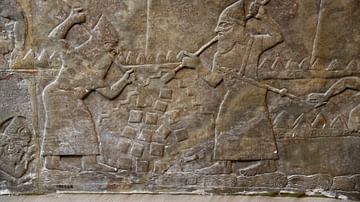
Image
Assyrian Soldiers with Iron Crowbars
Alabaster bas-relief depicting Assyrian soldiers using iron crowbars. Neo-Assyrian Period, 865-860 BCE. Detail of Panel 4 (bottom), Room B, the North-Palace Palace, Nimrud, modern-day Iraq. (The British Museum, London)
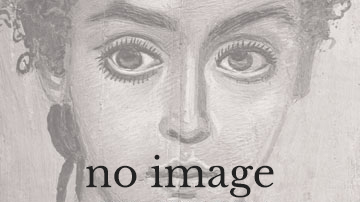
Article
The people of Iron Age Britain
The people of Iron Age Britain were physically very similar to many modern Europeans and there is no reason to suppose that all Iron Age Britons had the same hair colour, eye colour or skin complexion. Iron Age Britons spoke one or more Celtic...
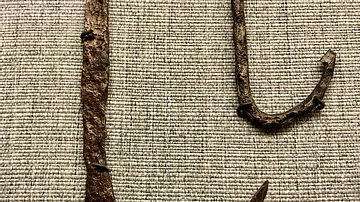
Image
Viking Iron Fishing Hooks
The Vikings did not use fishing reels or poles. Instead, they tied hooks to a fishing line made from sheep, cow, or walrus intestines, then pulled the fish up by hand. On a small rowing boat out on the open ocean, this was a very dangerous...

Article
The Minoans & Mycenaeans: Comparison of Two Bronze Age Civilisations
The Bronze Age Aegean in the eastern Mediterranean encompassed several powerful entities: the Minoans on Crete; the Mycenaeans on mainland Greece, and the Cypriots on Cyprus. These cultures are often examined separately, and thus the ample...

Article
Roman Warfare in the Age of Pyrrhus
The Roman army fought many conflicts throughout its long history, though perhaps none so indelible as the Pyrrhic War from 280 to 275 BCE. This war between Rome and a league of Greek colonies in southern Italy led by the city of Tarentum...